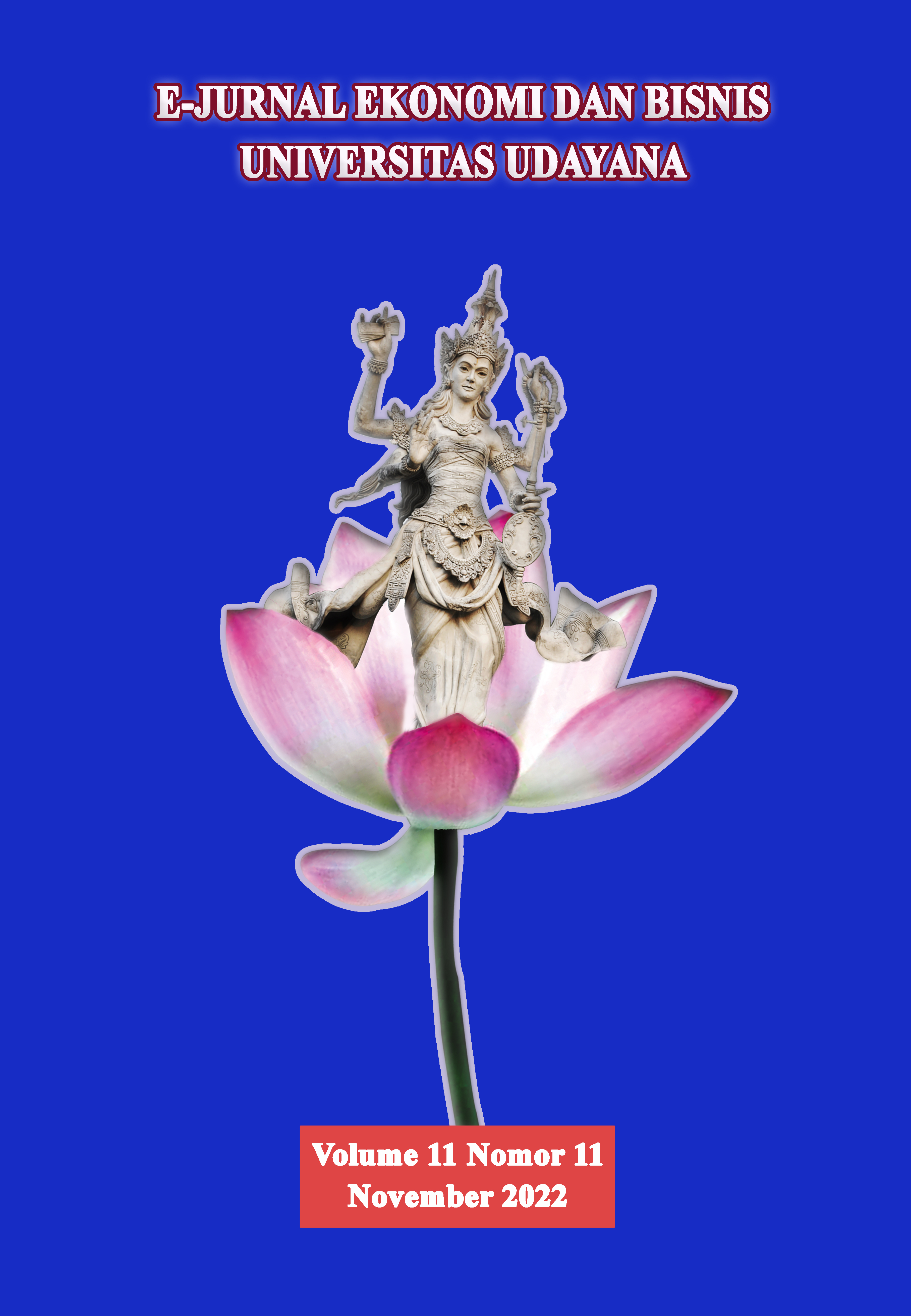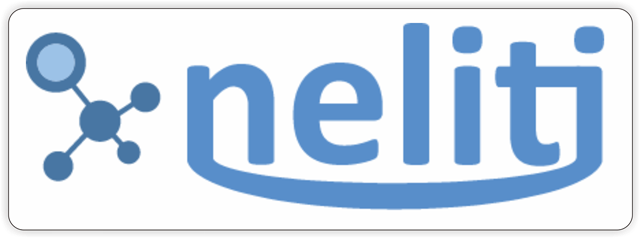PENGARUH BEBAN KERJA DAN SELF EFFICACY TERHADAP KINERJA TENAGA KESEHATAN DI PUSKESMAS ABIANSEMAL I KABUPATEN BADUNG
Abstract
The purpose of this study is to explain the effect of workload and selfefficacy on the performance of health workers. This research was conducted at the Abiansema I Health Center . The number of samples used were 51 PNS health workers , with a probability sampling method of determining the sample. Collecting data using questionnaires, data were analyzed using multiple linear regression analysis techniques and classical assumption test . In this study the theory used is the theory of social exchange. The results of thisstudy indicate that workload has a negative and significant effect on the performance of health workers at the Abiansemal I Health Center. Self efficacy has a positive and significant effect on the performance of health workers at the Abiansemal I Health Center. This research can provide evidence on the development of human resource management science that is able to explain the theoretical model used as the basis for formulating hypotheses, namely the influence of workload and self-efficacy on the performance of health workers who are able to empirically prove the theory used in this study. namely u social exchange theory . Practically it can be a reference for other researchers who want or are interested in researching workload, self-efficacy and performance.


















